

At the upcoming Offshore Well Intervention West Africa (OWI WA), which is running in Accra from 12-13 July, Dr Wisdom Enang, an Engineering Technical Lead, will draw upon his extensive experience in the oil and gas industry to provide participants with a vision of West Africa’s future.
In his exclusive session, Dr Enang will identify the imperatives for producing the energy of the future as the transition continues to gather momentum and calls for cleaner power snowballs.

Turning to Nigeria specifically, he will then analyse and quantify the deficiencies affecting the upstream sector and explore the innovative solutions capable of preventing crude oil theft, delaying production depletion, and solving inefficient production operations. He will also analyse efforts to address the lack of accountability in the sector before seeking to identify a roadmap for implementing an integrated innovative approach for enhancing the operational and cost efficiency of the upstream sector within Nigeria.
Alongside learning from the other exciting lineup of sessions led by industry experts, attendees of the event will have the opportunity to participate in the discussion led by Dr Enang. Together, they will be able to explore the potential benefits, implementation challenges and enablers which distinguish innovation solution options available in West Africa.
With five international oil majors, three regulatory bodies, two national oil companies, six regional oil companies, as well as a host of service providers and more already confirmed, OWI WA is not an event to be missed.
To learn more, be sure to download the event brochure here:
https://www.offsnet.com/owi-wa/conference-brochure
Or reach out to the details below:
Rachael Brand
Project Manager
T: +44 (0) 20 3409 3041
e:
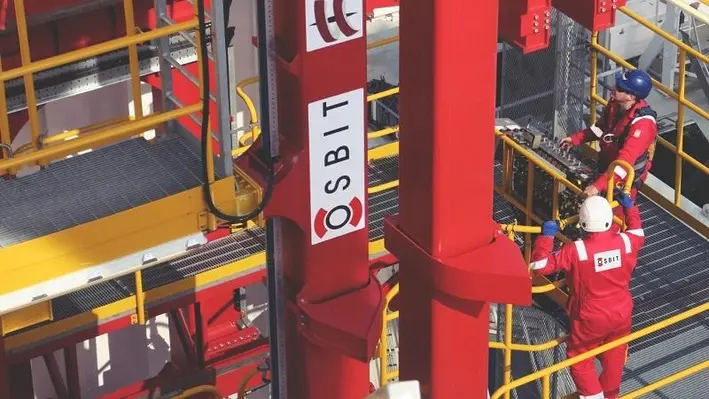

Northumberland-based offshore technology company Osbit has announced that it is set to receive a Queen’s Award for Enterprise.
Osbit has been rewarded for its excellence in innovation – a nod to outstanding achievement and commercial success.
The prize has been given to the company for its development of offshore technology to deliver a step-change in offshore operations. Osbit’s Intervention tension Frame system were designed for industry-leading services company Helix Energy Solutions and use innovation to support energy transition activities, facilitating safer and more efficient closure of expired oil wells.
A representative from Osbit will collect the award at a reception hosted by HRH The Prince of Wales at Buckingham Palace, in July.
Director Steve Binney, commented, “This win is fantastic recognition of what Osbit is capable of, in terms of developing large and complex systems, successfully delivering them, and making a real difference to our customers’ project outcomes.
“Innovation has always been at the heart of everything we do – we’re constantly trying to use our engineering skills to improve on what’s gone before, to do things better, more safely, more effectively.
“We are very proud of this win, which is testament to the genuine skill and ingenuity of our team.”
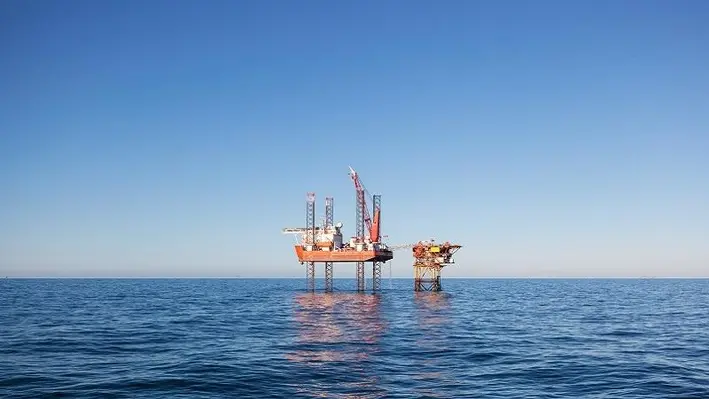

Attendees of Offshore Well Intervention West Africa 2022 (OWI WA) will be treated to no less than four presentations from Shell when the conference arrives in Accra from 12-13 July.
Up first for the international supermajor is Segun Lanade, Logistics Supervisor for Shell Nigeria, who will present on the topic of local sourcing. Lanade will explain the impact sourcing equipment has on the local economy, as well as the implications it has on intervention projects, before exploring the influence local authorities can have on encouraging this practice and how this can affect intervention activity in the region.
Following this, Benjamin Ajaraogu, Well Integrity Adivisor, LI: Well Integrity SME & Production Technology TA2 at Shell Nigeria, will concentrate on brownfield wells management by showcasing Shell’s approach for acquiring best in class well integrity technologies to keep ageing wells productive. He will also touch upon approaches towards plug and abandonment (P&A) with a focus on effectiveness and safety.
Looking at deepwater well intervention in West Africa, Chiwuike Amaechi, Subsea Systems & Intervention Engineer at Shell, will provide detail on the current regulations and standards as well as how to navigate them in order to ultimately increase the volume of well intervention in West Africa. Light well intervention has been touted as efficient and cost-effective solution which could help to solve sub-Saharan Africa’s rapidly ageing offshore assets and, in light of this, Amaechi will help participants discover the trail blazing technology, tool and services that have been used in the region to help enhance future deepwater well intervention campaigns.
Last but by no means least, Ajaraogu will return to the stage to discuss utilising digitalisation for risk management. In the session, he will explain how technologies can assist in well monitoring to allow for full visibility; demonstrate how to identify potential risk factors before they occur; and, through his expertise and impressive experience, provide participants with the knowledge to increase their chance of protecting wells from integrity failures in order to maximise protection.

These exclusive presentations will be accessible at OWI WA along with a unique opportunity to network with a wide range of industry professionals and experts. To learn more, be sure to download the event brochure here:
https://www.offsnet.com/owi-wa/conference-brochure
Or reach out to the details below:
Rachael Brand
Project Manager
T: +44 (0) 20 3409 3041
e:
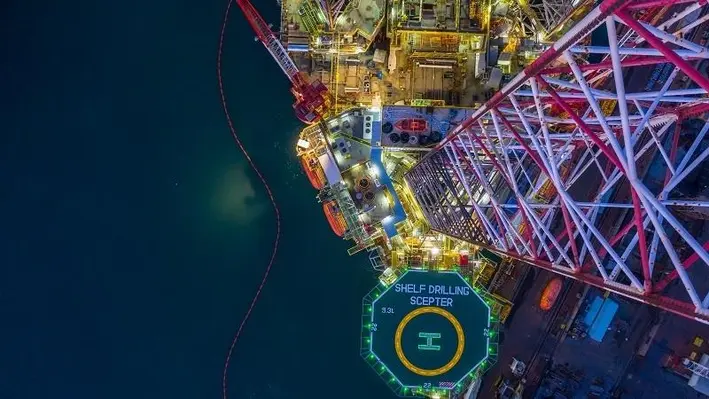

EnerMech, a global services company specialising in critical asset support across the asset lifecycle, has hired Carl Mook as the Regional Director for Europe and expanded Paul Cockerill’s role to oversee Africa, in addition to his current Middle East and Caspian remit.
The new senior structure will help drive further growth for the firm’s Europe and Africa operations. The business will leverage both leaders’ expertise to span responsibilities focusing on the two continents, as well as scaling up teams when required in the Middle East and Caspian region.

Mook has 30 years of international leadership experience in engineering consultancy and design, asset management, operations and maintenance, inspection services technology and asset integrity. He has held several senior roles in his career, including Executive Vice President at Penspen and Vice President of Process and Pipeline Services at Baker Hughes.

Cockerill has been EnerMech’s Regional Director Middle East and Caspian for almost two years and has been pivotal in the business securing several transformational projects and pre-commissioning campaigns in the region. He has significant experience in Africa, having previously held senior positions at Halliburton in Angola, Congo and Nigeria for 16 years where he was instrumental in increasing market share and developing local workforces.
EnerMech CEO Christian Brown remarked, “The Europe and Africa region has been delivering a solid performance for the business, which is a direct result of our teams in these geographies delivering excellence day in, day out. However, we are not a company to rest on its laurels.
“Paul has delivered exceptional results in the Middle East and Caspian. Widening his portfolio to support our Africa operations, means we can rapidly scale up our teams as more campaigns and megaprojects are won. The wealth of experience and enthusiasm Carl brings to the business will help us to further develop our European operations with a pin-sharp focus on securing new business as well as overseeing existing project work.”
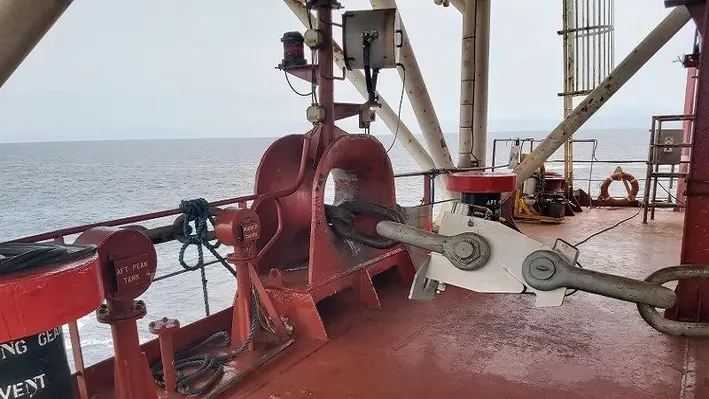

In order to reduce the significant safety risks associated with the manual emergency release of mooring systems during FPSO tandem offloading ocean towage, heading control, positioning and decommissioning, Gall Thomson has released the PODx (Powered Offshore Disconnect) – an innovative new automatic actuation system.
PODx minimises the risk of personnel injury, damage to equipment and subsequent downtime by remotely releasing mooring hawser chains under full load, quickly and safely. It utilises release bolt technology that automatically separates on demand, providing an identified parting point in the mooring line. This allows for a reliable release in under 100 milliseconds.
Designed for use in a variety of offshore applications including FPSO, emergency mooring release system and Anchor Handling Vessels, PODx uses a range of block and release bolt sizes specific to the load requirement.
Fred Boufennane, Business Development Director at Gall Thomson, said, “PODx is a simple and robust solution to a serious safety problem that has long been recognised as presenting significant risks to personnel and capital equipment. The technology is proven with more than 22 years of field experience, and its operational costs are substantially lower than traditional alternatives. PODx can be simply retrofitted on vessels without hot work or permanent fixturing to the vessel deck from any danger zone.”
In addition to its performance characteristics, PODx provides cost effectiveness for operators and with a unique design that ensures easy reset, is reusable after activation. Simple to maintain, with long maintenance-free periods, it can contribute to a reduction in insurance premium costs.
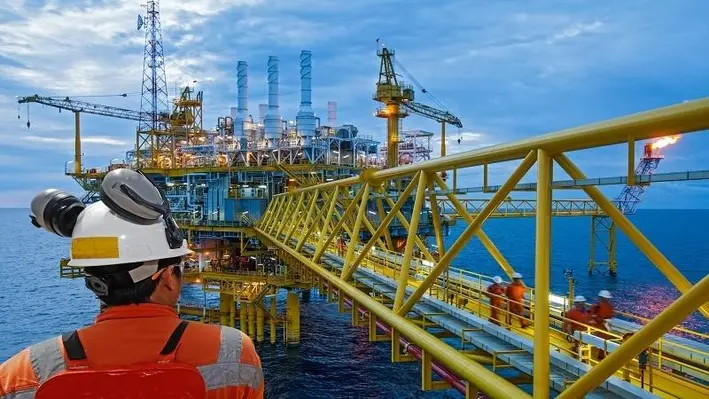

C-Innovation, an affiliate of Edison Chouest Offshore (ECO) and its family companies, is celebrating its 15-year anniversary.
This milestone was reached by continuing to provide its customers with the most advanced remotely operated vehicles (ROV) systems and industry-leading ROV services. Such offerings have seen the company operate across the globe alongside major operators such as bp.
Since its foundation in 2007, the company has grown into the largest owner and operator of Schilling Robotics ROV systems in the world, with a fleet of 57 work class ROV systems. In addition to ROV services, it has now expanded into providing AUV, offshore survey, pipeline and well intervention services – recently demonstrated with the award of a light well intervention contract with a major operator in the Gulf of Mexico.
The addition of these services has steadily expanded C-Innovation’s footprint on the oil and gas industry.
Richard Bourque, Chief Operating Officer of C-Innovation, commented, “The past 15 years has seen multiple ROV companies come and go, while C-I has continued to grow and expand our offerings with additional vessels and advanced solutions.
“The key to remaining successful during a time when new competitors emerged and existing competitors faded away has always been the loyalty and hard work of our employees and the support of our clients. Reaching this 15-year milestone is proof to our clients and competitors that we are, and will continue to be, a leading ROV services provider in the oil and gas industry.”
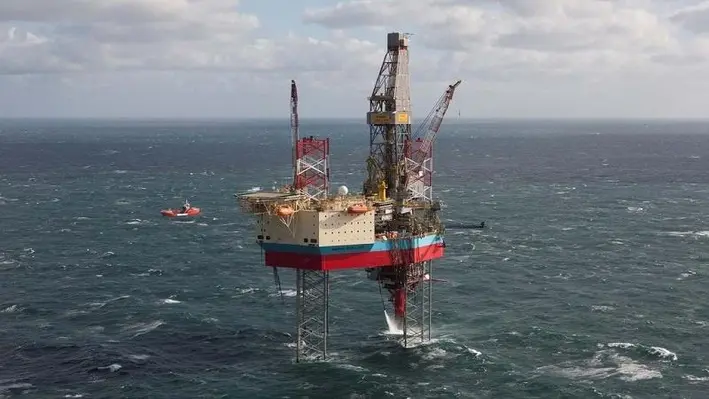

Maersk Drilling has been awarded contracts which will see the harsh environment jack-up rig Maersk Resolute, employed to plug and abandon (P&A) a total of 31 wells in the Dutch sector of the North Sea.
Maersk Resolute is a 350ft Gusto-engineered MSC CJ50 and a high-efficiency jack-up rig that was delivered in 2008, currently operating offshore the Netherlands.
The newly-awarded contracts, which are expected to commence in Q2 or Q3 of 2022, are in support of a rig sharing agreement between TotalEnergies EP Nederland BV and Petrogas E&P Netherlands BV. They are in direct continuation of the rig’s current contract, and will include the plugging and abandonment of 11 wells with TotalEnergies and 20 wells with Petrogas.
The estimated duration for the substantial campaign is 575 days, and the total firm contract value is approximately US$43mn, excluding potential performance bonuses. The contracts include options to add additional work scopes with a total estimated duration of 228 days.
COO Morten Kelstrup of Maersk Drilling, commented, “We’re pleased to secure this long-term commitment for Maersk Resolute to continue operating in the Netherlands. By deploying the rig for a combined 31-well campaign we will be able to ensure a consistent focus on efficiency improvements from well to well, while simultaneously operating with the respect for the continued sustainability of the marine environment that is a key component in successful plugging and abandonment operations.”
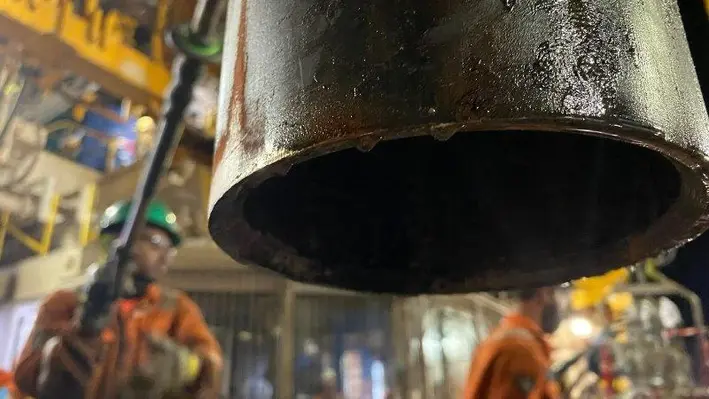

To help TotalEnergies – an oil and gas company – with a deepwater plug and abandonment (P&A) challenge offshore in the Brazilian pre-salt, Welltec, an international provider of robotic well solutions for the oil and gas industry, designed and manufactured a unique solution utilising a 414 Well Cutter equipped with a new Tiger Claw cutting element.
The well had been designed without a completion disconnect device, adding difficulty to the overall series and increasing the timeframe, if additional intervention and fishing was required.
To maintain optimal efficiency, a tool capable of cutting beyond the outer diameter of the 6 5/8 inches super 13Cr tubing and through the control line flatpack (with two Incoloy tubes) would be required. Furthermore, it was crucial that this be achieved in a single run.
P&A is a necessary operation at the end of a well’s productive years. Efficiency is vital during preparation and execution phases in order for operators to minimise costs, especially given the asset will be decommissioned and no longer producing.
Prior to the operation, multiple tests were carried out at the headquarters and subsequently at a local base in Brazil. These were done to ensure that a clean cut could be achieved all the way through to the flatpack in scenarios involving different cutting locations, in consideration of margins of error, as well as levels of slack or tension on the flatpack which would affect the cut.
Test cut locations included just below the clamp (15 cm), within the tubing connection (to see if the additional material could be cut), and in the middle of two clamps where it was anticipated the control line may be too slack.
Despite successful test cuts just below the clamp, and within the tubing connection, the client opted for a middle of the tubing cut. A 414 Well Cutter was run in hole with specially designed Tiger Claw cutting element and activated six meters below the clamp.
As an additional precaution, a physical limitation was implemented to restrict the cutting range of the Tiger Claw to 8.2 inches, therefore de-risking the operation in terms of the 8.5 inches outer casing being compromised. The angled cutting arms were able to cut through the tubing and control line flatpack as predicted.
After pulling out of hole, the operator was able to pull the completion, seeing the control line flatpack shear six meters below the clamp. As a result of this operation, TotalEnergies was able to save time with tubing retrieval, avoiding the delays that would have followed a cut to only the tubing.
The newly designed Tiger Claw cutting element provided an increased cutting range in comparison to its predecessors, guaranteeing a continuation of cutting beyond the outer diameter of the tubing, and through the control line flatpack.


DOF Subsea has attained a 99% rate for the combined recycling and repurposing of recovered materials on its decommissioning project for Repsol Sinopec Resources UK.
The company provides engineering, preparation, removal and disposal (EPRD) services at the Buchan and Hannay fields in the Central North Sea.
The offshore works were carried out for over 74 days, using Skandi Acergy and Skandi Skansen, and saw the recovery of 135 concrete mattresses weighing approximately 800 tonnes, more than 12km of rigid pipelines, SSIV/PLEM Structures, 15.5km of flexibles and umbilicals, spoolpieces, and around 1,500 grout bags and general debris.
The material was shipped to Aberdeen Harbour’s Clipper Quay for dispersal, with the recovered material dispatched for a wide variety of uses. A total of 15 concrete mattresses were repurposed into aggregate for use in the roads at the £350mn Aberdeen Harbour extension project. The plastic sheaths from the flexible risers and umbilicals were recycled by an approved supplier and all metal was smelted.
This was the second decommissioning project carried out by DOF Subsea on behalf of Repsol Sinopec in the Buchan and Hannay fields. In 2019, they carried out EPRD services, including the 124 tonne Mid-Water Arch (MWA) – one of the largest structures ever decommissioned through Aberdeen Harbour.
DOF Subsea has built a decommissioning portfolio over the last decade, delivering more than 30 projects around the world for major operators.
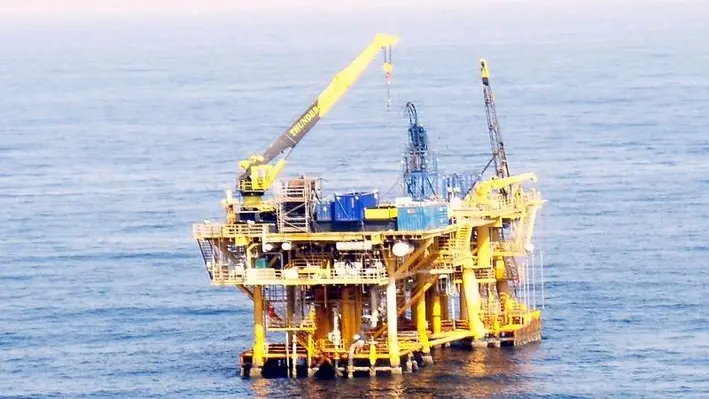

In a unique case study, Thunder Cranes has explained how it provided lifting support for coiled tubing operations in offshore Dubai, UAE, with cranes designed for portable use and ease of assembly & disassembly on offshore installations.
During planning for the coiled tubing operations it was determined that there was insufficient space to accommodate all of the coiled tubing equipment on the platform deck that was located directly over the wells identified for intervention.
As a result Thunder Cranes needed to make use of an adjacent platform, located 50 feet away, and so the company designed a lifting plan using two cranes and both platforms to carry out the lifting support required for the project.
For the purposes of the case study, they were named "Platform A" and "Platform B" and the company provided a summary of the steps carried out:
• Using the existing platform jib crane Thunder Cranes lifted the component parts of the 20 ton crane (TC20) from supply vessel to Platform A.
• Once TC20 was rigged up and load tested it then lifted the component parts of the 90 ton crane (TC90) from supply vessel to Platform A.
• After the TC90 was rigged up it rigged down the TC20 and lifted all of the TC20 components from Platform A to Platform B.
• TC20 was then rigged up on Platform B.
• TC90 was able to pick up the coiled tubing reel, with a long enough boom to be able to hook to the coiled tubing pipe and pull it over from one platform to another to be run through the injector.
• Over on platform A, working in tandem with the TC90, the TC20 lifted, rigged up, and helped support the coiled tubing injector.
In the case, the company rigged up and load tested two days within seven days thank to the TC clamping method, the modular design of the cranes, and the highly experienced staff.
In the project, TC20 and TC90 cranes enabled the coiled tubing work to begin ahead of schedule and was a safe & cost effective solution compared to alternative methods.
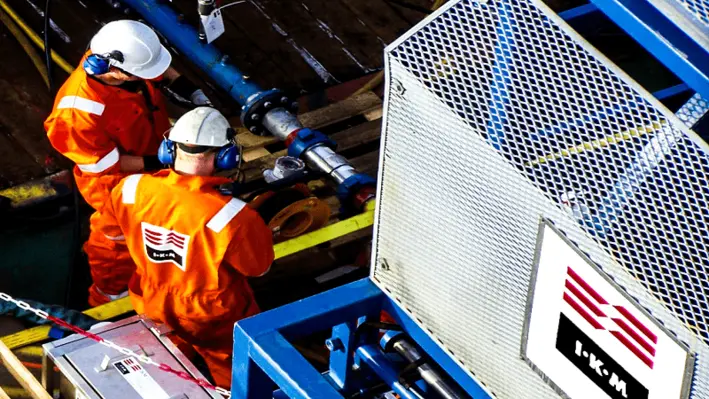

IKM Testing UK, an independent integrated solutions provider, has been awarded a multi-year contract to deliver well integrity services across bp’s portfolio of North Sea assets.
The agreement – the first well services contract between the companies – comprises well integrity remediation services, which includes sustained casing pressure mitigation (SCP).
SCP is excessive pressure in any well annulus that requires regular bleed down and often can be managed during normal offshore operations, depending on the severity. It also requires remediation during P&A operations if not addressed during the normal well lifecycle.
This new contract looks to address the issue of SCP in a more permanent manner, reducing the requirement for continual management. Under the contract IKM will provide engineering, determination of applicable chemistry/methodology, and deployment of equipment and personnel offshore.
Work to remediate sustained casing pressure using a bespoke resin capable of being placed via gravity feed is expected to commence in 2022.
Mark Rasmusen, Director of International Division at IKM Testing commented, “This is an exciting award and provides the springboard for us to further grow and develop our well services offering.
“Sustained casing pressure can generally be managed offshore, however bp is looking for a solution that doesn’t require continual management by offshore personnel which not only reduces risk but also saves significant time and costs. We were selected as we provide an independent perspective and have the capabilities to carry out the full suite of engineering services from cradle to grave.
“We look forward to helping bp achieve its well integrity goals by determining and executing innovative and cutting-edge solutions.”
The contract also has future provision for supporting bp’s international assets with similar workscopes.
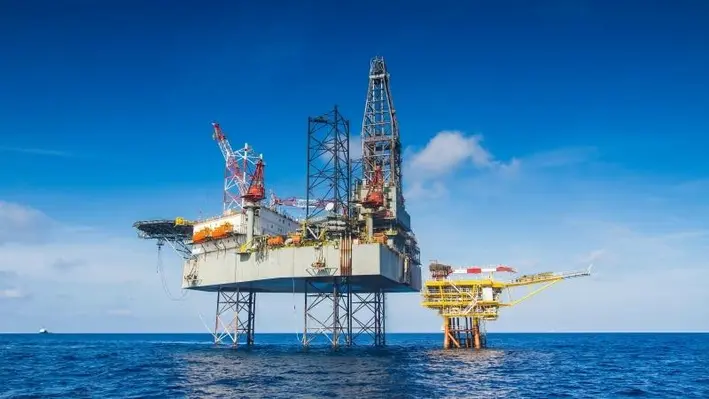

HydraWell, a well solutions provider based in Norway, has recently introduced its innovative downhole tooling solution ‘HydraTyphon’, to deliver improved reliability in difficult environments.
According to HydraWell, the solution combines the benefits of jet and cup-based washing and cementing systems, and has been designed to improve the efficiency of the downhole hydraulic activity over any other system available. The combined advantage of these two systems is said to reduce perforating and operating costs as well as minimise environmental impact.
Tom Leeson, Chief Commercial Officer at HydraWell said, "Our experienced team is focused on developing ingenious technologies to transform well operations around the world. We are always looking for ways to push the boundaries and HydraTyphon hits the mark for new advancements in downhole tooling techniques. HydraTyphon offers a wide range of benefits, not least providing our clients with the chance to reduce their environmental footprint whilst transforming their well operations.”
Back in 2008, HydraWell designed, developed, tested and patented a system portfolio for wellbore applications known industry-wide as Perforation, Wash and Cement (PWC). The company says its PWC technology has the potential to slash the operational sequence by up to six days when compared to the conventional section milling alternative. The increased efficiency benefits help to reduce environmental impact as well as the potential to reduce operating costs by up to millions of dollars in estimation.
HydraTyphon is an evolution of PWC delivering improved reliability for challenging well characteristics including high cement content in annuli, shallow barrier depth and large annuli.
Mark Sorheim, CEO at HydraWell commented, “We pride ourselves on being true innovators – our forward-thinking team continually develop our range of systems in response to bespoke customer requirements to support industry challenges. Furthermore, HydraWell regards sustainability as one of its top priorities as we strive for efficiency gains and proactively lower the risk of long-term environmental damage by exploring and developing solutions to support our clients’ environmental savings.”
Page 81 of 111